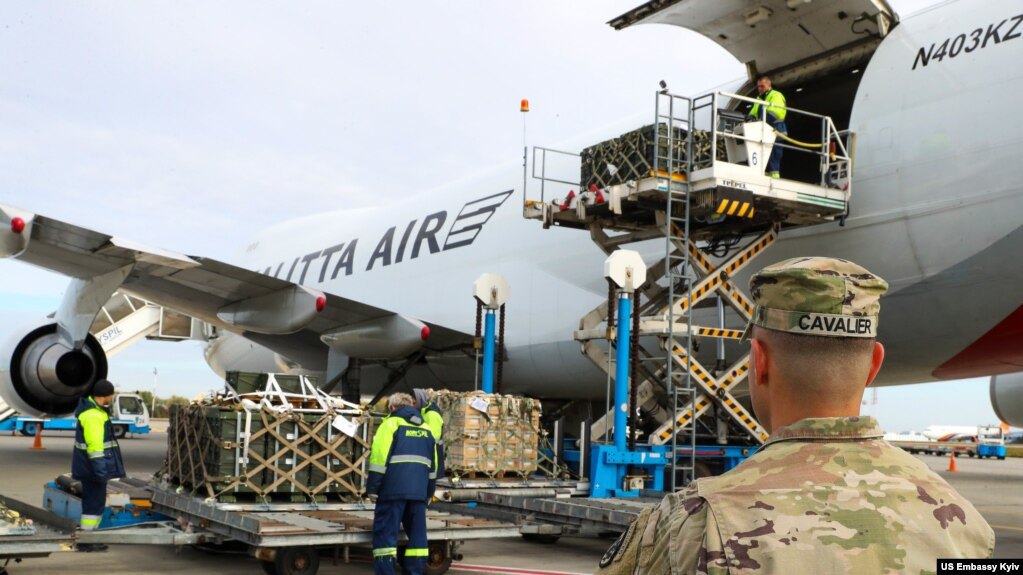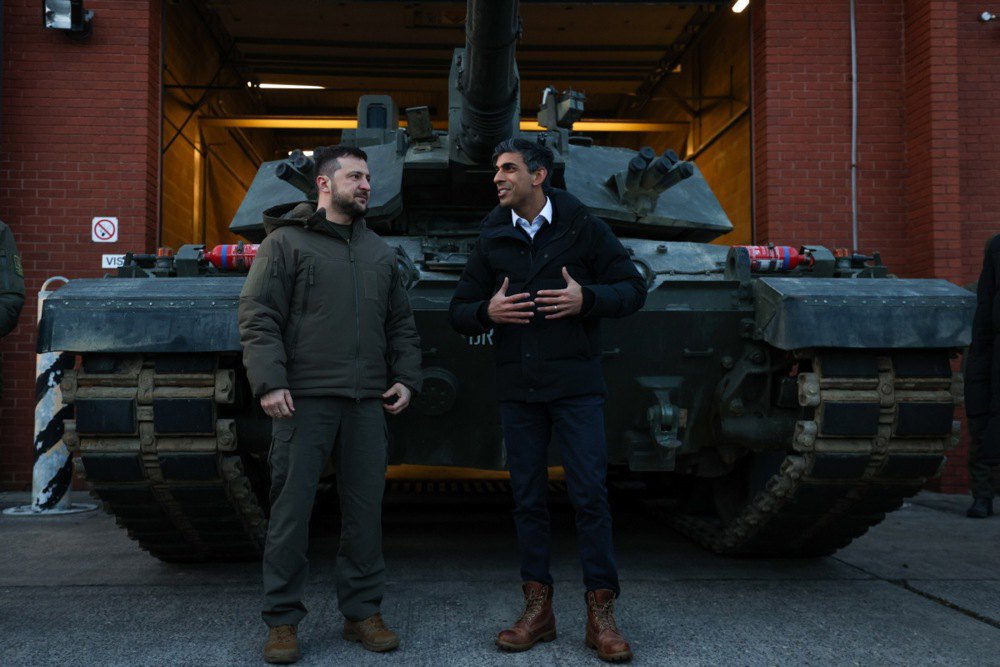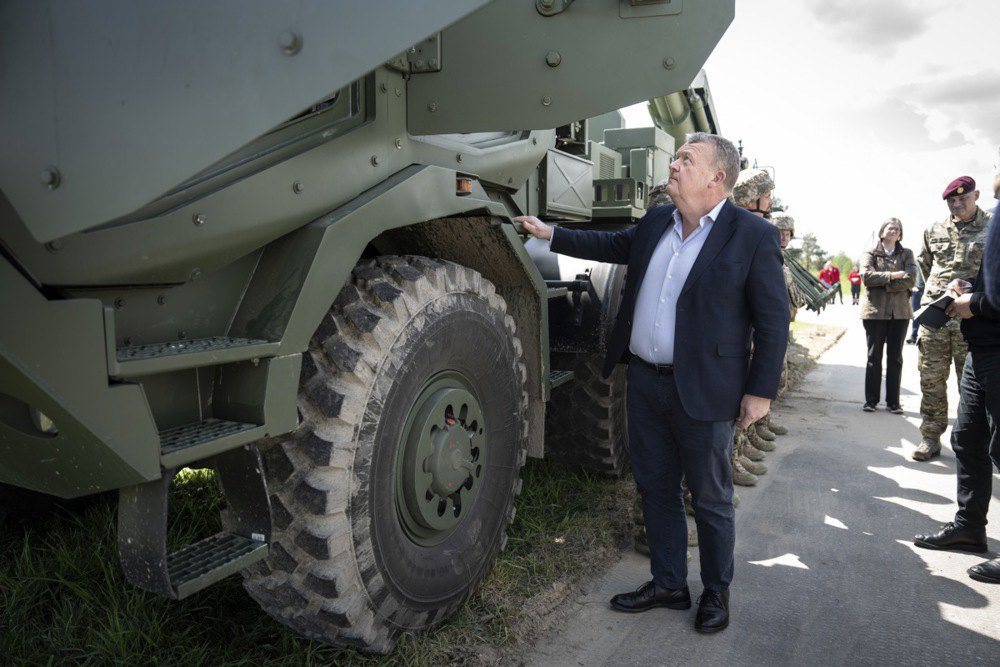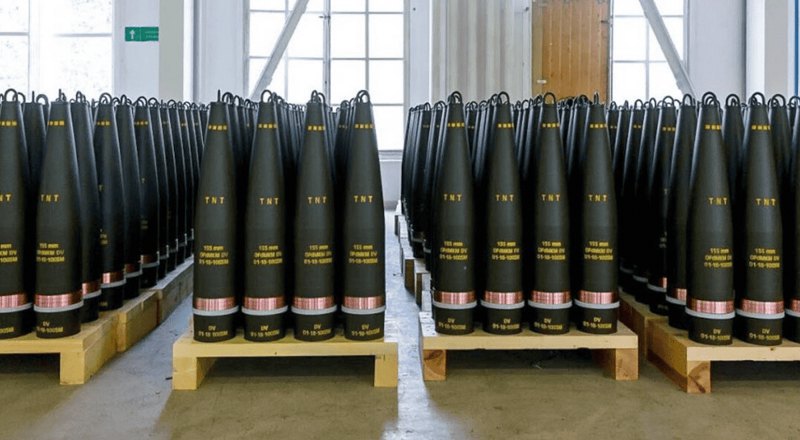
The EU and the US have allocated €132 billion and €114 billion to Ukraine, respectively. Of this amount, about half - more than €120 billion - is military aid.
The EU countries were ahead of the US in terms of financial and humanitarian components - €70 billion versus €50 billion.
The US provided slightly more military aid - €64 billion, while the EU provided €62 billion.
The United States is the most important donor country in absolute terms, by a wide margin, but its support slowed significantly in mid-2023 when Congress blocked aid to Ukraine. The United States played an important role in 2024, accounting for almost half of total new allocations.
European aid, on the other hand, has been on a steady upward trend.
As a percentage of GDP, only the Nordic, Baltic and Eastern European countries and the Netherlands have made significant efforts. Estonia and Denmark, for example, have allocated more than 2.5% of their GDP, while Lithuania and Latvia have allocated about 2%.
The United States, Germany and the United Kingdom spend less than 0.2% of their GDP to support Ukraine. According to experts from the Kiel Institute, Germany's tax subsidies for diesel fuel (‘diesel privileges’) cost taxpayers three times more per year than Germany's military aid to Ukraine. Southern European countries, such as France, Spain or Italy, spend even less on aid to Ukraine - about 0.1% of GDP per year.

European donors are increasingly cooperating through multilateral procurement initiatives to jointly produce and supply arms to Ukraine. Partners have committed approximately €5 billion in defence procurement initiatives, including ad hoc coordinated projects or more institutionalised multilateral funding mechanisms such as the International Fund for Ukraine, the Czech Ammunition Initiative, and the NATO Comprehensive Assistance Package.
Donors such as Denmark have begun to finance arms purchases directly from Ukrainian producers, implementing the so-called Danish model. Within its framework, Denmark has ordered €870 million worth of Bohdan howitzers and drones for the Ukrainian Defence Forces, while the Netherlands has announced the purchase of €400 million worth of drones for Ukraine, half of which is to be supplied by Ukrainian manufacturers.

The cooperation between the Czech Republic, Denmark and the Netherlands (€1.1 billion) and Denmark and Sweden (€0.7 billion) uses a model of shared responsibility: Denmark provides the funds, while the others manage the contracts and procurement with the respective arms manufacturers.
The International Fund for Ukraine (IFU) is a UK-led financial mechanism that mobilises financial contributions from international partners for the rapid procurement of priority military equipment. As of December 2024, the IFU has announced nine military assistance packages, including various weapons systems and equipment, including artillery ammunition, drones and electronic warfare systems worth €1.6 billion. The United Kingdom is the main contributor to this fund, with more than €1.1 billion, or 70 per cent of the total. The rest of the funds are provided by Norway (14%), the Netherlands (8%), Denmark (4%), and contributions were made by Australia, Lithuania, New Zealand, Sweden and Iceland.
The Czech Ammunition Initiative envisages the purchase of 500,000 155 mm and 300,000 122 mm shells from manufacturers outside the European Union. The partners have allocated almost €900 million for the initiative.

At present, procurement for Ukraine through multilateral initiatives remains small - only about 9 per cent of the total.








